
Kód: 15174169
Funerary Landscape at Knossos
Autor Madelaine Miller
During the last century's archaeological investigations of the advanced Bronze Age culture maintained by the so-called Minoans on the island of Crete, a number of tombs dated to the Late Minoan period and containing weapons have b ... celý popis
- Jazyk:
 Angličtina
Angličtina - Vazba: Brožovaná
- Počet stran: 125
Nakladatelství: BAR Publishing, 2011
- Více informací o knize

Mohlo by se vám také líbit
-

Memoirs of Hadrian
276 Kč -
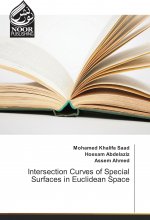
Intersection Curves of Special Surfaces in Euclidean Space
1255 Kč -

Cambridge IGCSE (R) Mathematics Extended Problem-solving Book
925 Kč -

Czarna skóra, białe maski
213 Kč -
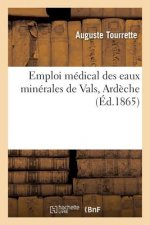
Emploi Medical Des Eaux Minerales de Vals Ardeche
399 Kč -

Basaltbildung in ihren einzelnen Umstanden erlautert
455 Kč
Darujte tuto knihu ještě dnes
- Objednejte knihu a zvolte Zaslat jako dárek.
- Obratem obdržíte darovací poukaz na knihu, který můžete ihned předat obdarovanému.
- Knihu zašleme na adresu obdarovaného, o nic se nestaráte.
Více informací o knize Funerary Landscape at Knossos
Nákupem získáte 162 bodů
 Anotace knihy
Anotace knihy
During the last century's archaeological investigations of the advanced Bronze Age culture maintained by the so-called Minoans on the island of Crete, a number of tombs dated to the Late Minoan period and containing weapons have been discovered in the surroundings of the site of Knossos. The tombs are not confined to a certain area or cemetery, but are rather dispersed around the Palace and town. Although they are characterised by their weapons, other artefacts - such as bronze vessels and certain pottery types - also distinguish these tombs. The tombs are of three types: chamber tombs with long dromoi, shaft graves and pit-caves. Various labels have been designated for them: tombs with weapons, warrior tombs, warrior graves and weapon-tombs. The warrior graves are often discussed in relation to the question of when the Mycenaeans arrived in Crete. Most scholars agree that a Mycenaean presence or power in Crete existed in the Late Bronze Age, but when their arrival would have taken place has not yet enjoyed consensus. Previous scholarship raises a number of questions that are dealt with in this work in relation to the funerary landscape at Knossos, including: to what degree do the burial customs in fact change in LM II, and what about the mainland influences? If the archaeological material points in that direction, how are we to understand such a transformation of the mortuary practices? Would this indicate an ethnic change? If, on the other hand, the material points towards a gradual process beginning already in LM I or earlier, with elements of mainland traits, what would that indicate? The tombs, shaft graves and pit-caves of Knossos are re-examined in an attempt to put answers to these intriguing questions.
 Parametry knihy
Parametry knihy
Zařazení knihy Knihy v angličtině Humanities Archaeology
1619 Kč
- Plný název: Funerary Landscape at Knossos
- Podnázev: A diachronic study of Minoan burial customs with special reference to the warrior graves
- Autor: Madelaine Miller
- Jazyk:
 Angličtina
Angličtina - Vazba: Brožovaná
- Počet stran: 125
- EAN: 9781407307572
- ISBN: 1407307576
- ID: 15174169
- Nakladatelství: BAR Publishing
- Hmotnost: 426 g
- Rozměry: 296 × 211 × 8 mm
- Datum vydání: 15. March 2011
Oblíbené z jiného soudku
-

Fundamentals of Tree Ring Research
1329 Kč -
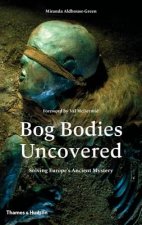
Bog Bodies Uncovered
620 Kč -
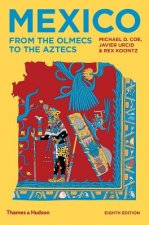
Mexico
516 Kč -
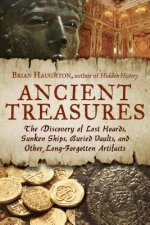
Ancient Treasures
477 Kč -
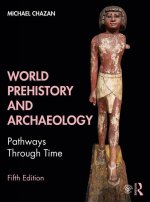
World Prehistory and Archaeology
2970 Kč -
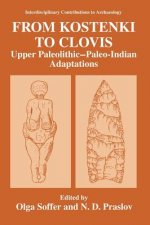
From Kostenki to Clovis
5094 Kč -

Faunal Extinction in an Island Society
5094 Kč -

Hunter-Gatherer Economy in Prehistory
1011 Kč -
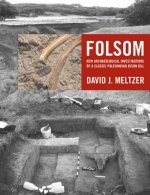
Folsom
2820 Kč -

People and Culture in Ice Age Americas
2167 Kč -

Istanbul
410 Kč -
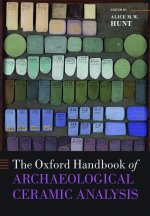
Oxford Handbook of Archaeological Ceramic Analysis
1352 Kč -

Magical House Protection
793 Kč -
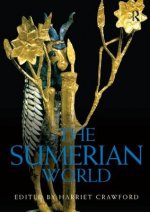
Sumerian World
1613 Kč -
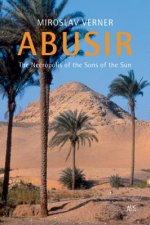
Abusir
1177 Kč -

Master Plan
410 Kč -

In Search of Lake Monsters
613 Kč -
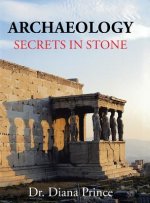
Archaeology
1315 Kč -
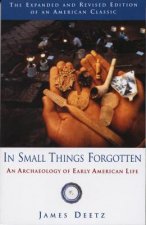
In Small Things Forgotten
374 Kč -
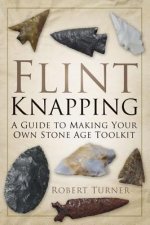
Flint Knapping
454 Kč -
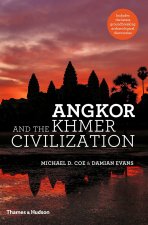
Angkor and the Khmer Civilization
665 Kč -
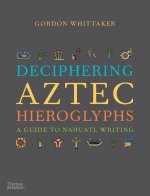
Deciphering Aztec Hieroglyphs
677 Kč -
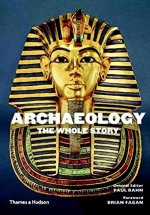
Archaeology: The Whole Story
631 Kč -
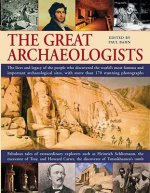
Great Archaeologists
363 Kč -

Archaeology
1474 Kč -
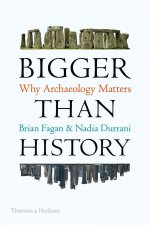
Bigger Than History
355 Kč -

Prehistoric Life - Evolution and the Fossil Record
3175 Kč -

Digging for Hitler
950 Kč -
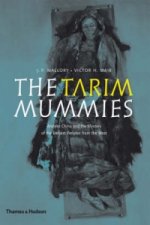
Tarim Mummies
554 Kč -
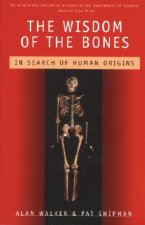
The Wisdom of the Bones: In Search of Human Origins
462 Kč -

Protecting the Body in War and Combat
1479 Kč -
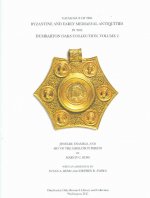
Catalogue of the Byzantine and Early Mediaeval A - With an Addendum Jewelry, Enamels and Art of the Migration V 2
3691 Kč -
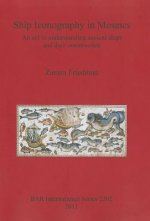
Ship Iconography in Mosaics
2672 Kč -
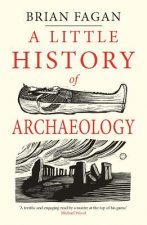
Little History of Archaeology
316 Kč -

Ancient Burial Patterns of the Moche Valley, Peru
1841 Kč -
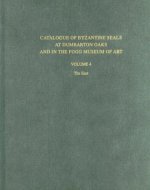
Catalogue of Byzantine Seals at Dumbarton Oaks and in the Fogg Museum of Art, 4: The East
1401 Kč -

Catalogue of Byzantine Seals at Dumbarton Oaks a - Constantinople and Environs, Unknown Locations, Addenda, Uncertain Readings
1401 Kč -
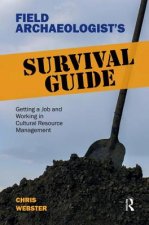
Field Archaeologist's Survival Guide
1336 Kč -
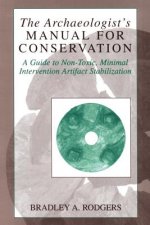
Archaeologist's Manual for Conservation
1830 Kč -

Children, Death and Burial
1678 Kč -
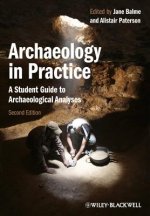
Student Guide to Archaeological Analyses
2230 Kč -

Women in Prehistory
753 Kč -
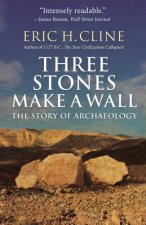
Three Stones Make a Wall
441 Kč -
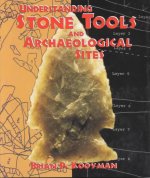
Understanding Stone Tools
1008 Kč -
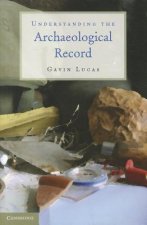
Understanding the Archaeological Record
1054 Kč -
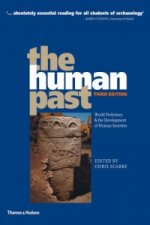
Human Past
1921 Kč -
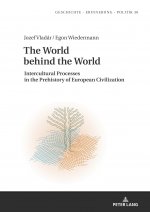
World behind the World
1646 Kč -
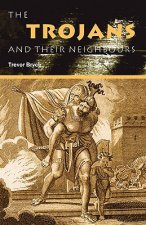
Trojans & Their Neighbours
1611 Kč -
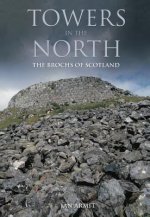
Towers in the North
750 Kč
Osobní odběr Praha, Brno a 12903 dalších
Copyright ©2008-24 nejlevnejsi-knihy.cz Všechna práva vyhrazenaSoukromíCookies



 Vrácení do měsíce
Vrácení do měsíce 571 999 099 (8-15.30h)
571 999 099 (8-15.30h)